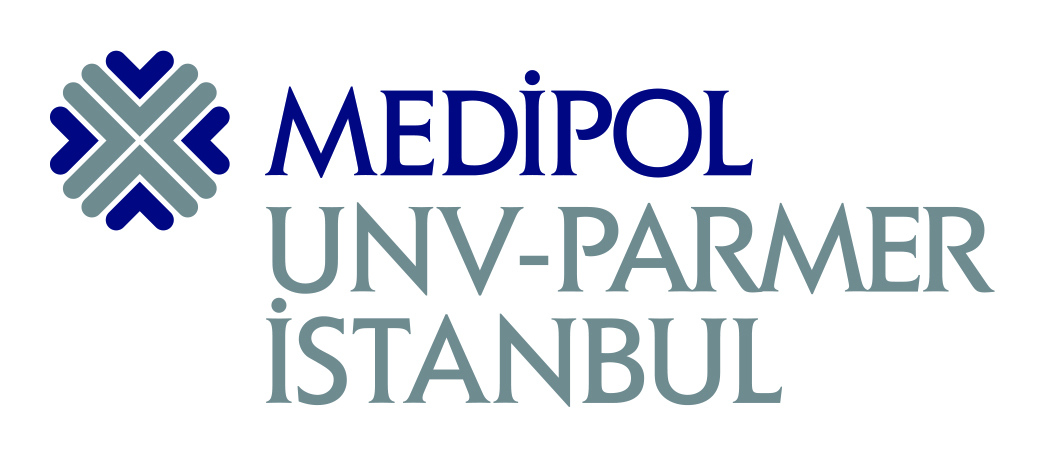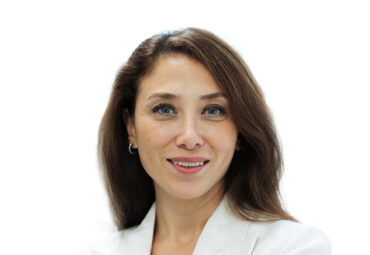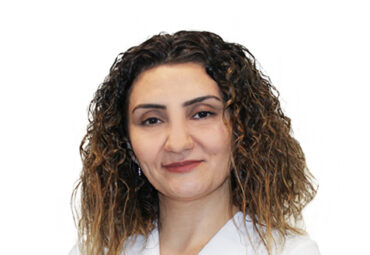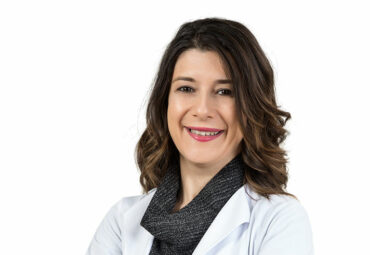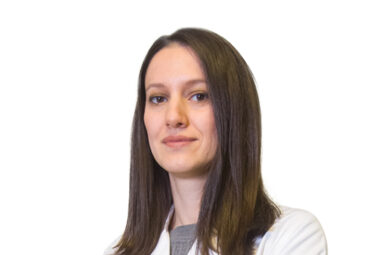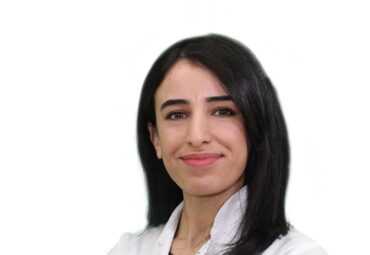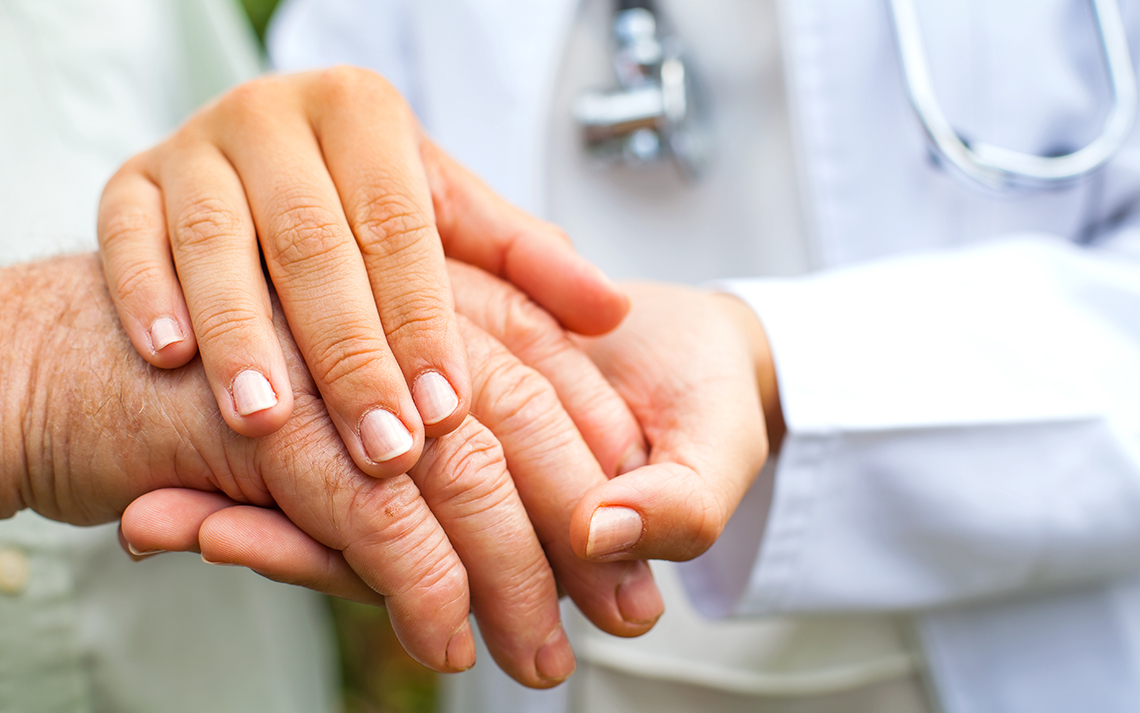
MONDAY - SATURDAY
- FOR DETAILED INFORMATION AND APPOINTMENT
YOU CAN CALL OUR CALL CENTER
NUMBER 0212 453 48 72 – 73.
Parkinson’s disease, multiple sclerosis, post-exercise fatigue, excessive emotional stress, and many other different factors and conditions can cause tremor. It is a common movement disorder that often affects the hands, but can also be seen in the arms, head, vocal cords, torso, and legs.
What types of tremor are there?
Tremor can be divided into resting and action tremor. Resting tremor occurs when a person is in a resting position, such as sitting or lying down. The tremor tends to disappear or significantly decrease when the person starts moving or actively engaging in activities.
Essential Tremor is the most common movement disorder worldwide. In our country, we know that it is found in 4 out of 100 people over the age of 40. Essential Tremor patients often complain about uncontrollable tremors in their hands, head, and voice.
This condition often worsens in newly encountered environments, crowded places, and stressful situations, leading to embarrassment for the patients. The tremor in the hands typically increases when the hands are extended or during fine motor movements such as holding a glass, spoon, or writing. The tremor stops when the hands or arms are at rest or are not actively engaged in any specific action.
In more than half of Essential Tremor patients, there are other individuals in the family who also experience tremors. Although researchers have not yet fully identified all the genes that cause this disease, it is well-known that Essential Tremor has a genetic component.
The diagnosis of the disease and its differentiation from Parkinson’s Disease can be easily done with a careful and detailed examination. In this condition, tremors can gradually increase over the years. Medication treatments are available to help patients with activities such as eating, drinking, and writing in order to prevent difficulties and embarrassment. While there is no definitive cure, it is possible to alleviate the symptoms of the disease with medication.
For patients who do not respond to medications or have tremors severe enough to interfere with their daily activities, surgical options such as Deep Brain Stimulation (DBS) can be a good choice. DBS, which is also used in Parkinson’s Disease, can effectively reduce or nearly eliminate tremors in patients with Essential Tremor.
